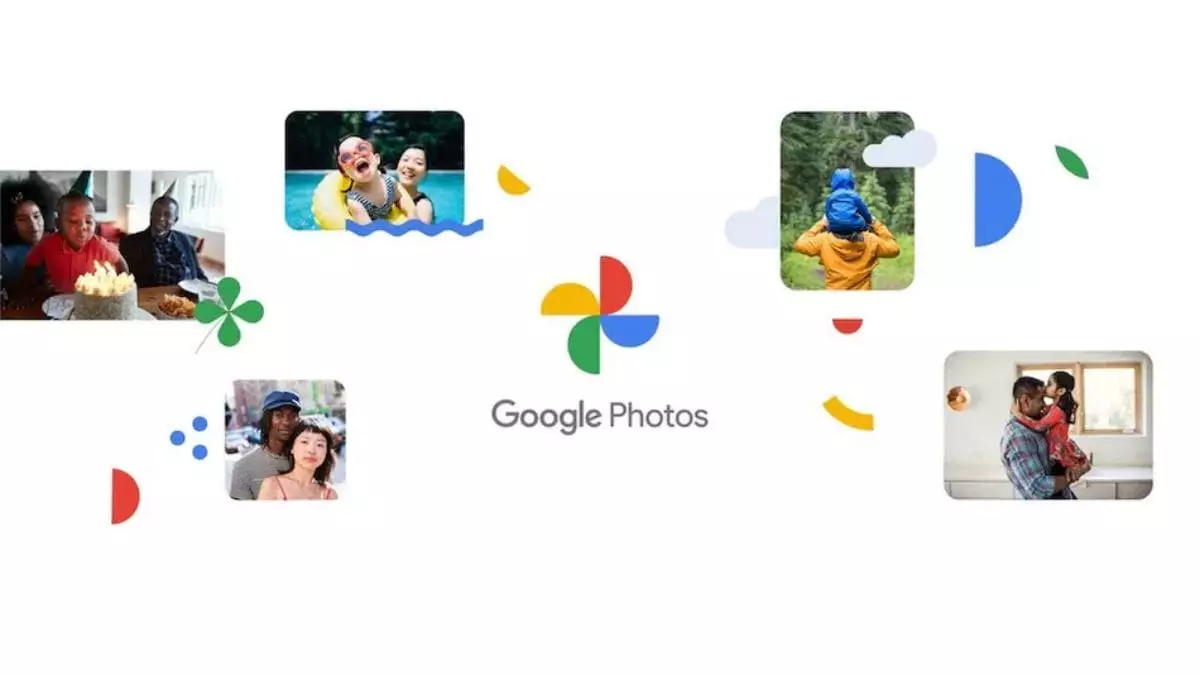Artificial intelligence is revolutionizing the way we create and engage with digital content. From photography to video editing, AI tools are enabling users to produce and enhance images with unprecedented ease. This evolution presents both exciting possibilities and significant challenges, particularly in terms of trust and authenticity. Recently, Google Photos, a leading platform for photo and video sharing, announced plans to implement a feature aimed at clarifying whether images in users’ galleries have been generated or enhanced through AI technology. This development is a critical step towards combating the rise of misinformation and digital manipulation.
The new functionality under consideration in Google Photos is primarily designed to provide transparency regarding AI-generated content. With the proliferation of deepfakes—digitally altered images and videos that can mislead viewers—the need for such measures is more pressing than ever. Reports indicate that this functionality will include identifying tags that detail the AI origins of images, essentially marking which images have undergone manipulation. Not only could this feature serve to enlighten users about the authenticity of their media, but it may also offer a degree of protection against deceptive practices.
The company appears to be closely monitoring the landscape of digital misinformation. Earlier incidents involving deepfakes, such as the lawsuit filed by renowned actor Amitabh Bachchan, highlight the ramifications of unauthorized alterations to video and images. Such incidents underline the urgent need for clarity and management within digital ecosystems.
Although the feature is not yet operational, its potential implications are significant. Evidence of its anticipated rollout was discovered in version 7.3 of the Google Photos app, where developers found strings of XML code pointing toward AI-related metadata fields. These fields, labeled as “ai_info” and “digital_source_type,” suggest that the app intends to integrate details about the AI tools used to create or modify images. This could include well-known platforms and algorithms like Midjourney, DALL-E, and others.
The integration of such metadata is essential for safeguarding the integrity of digital content. However, several challenges remain in determining how this information will be presented to users. One possibility is embedding AI metadata within the Exchangeable Image File Format (EXIF) data—an extensive metadata standard used for storing information about a photo’s attributes. While this would obscure the information from immediate view, it could also render it more secure against tampering.
Another option might be to incorporate an on-image badge that would provide users with clear indications of the AI origins of images, similar to initiatives undertaken by Meta on Instagram. Making this type of information readily accessible would greatly enhance user awareness and foster a more informed digital environment.
As we navigate the landscape of AI in digital media, it is crucial to address the ethical implications accompanying these technologies. While AI enhances creative endeavors, it simultaneously raises concerns about authenticity, ownership, and misinformation. The potential for misuse is significant; thus, measures that improve transparency, like those proposed by Google Photos, are vital to uphold user trust.
However, achieving a balance between innovation and ethical standards remains a challenge. Providing users with tools and information to discern AI-generated content is a notable step forward, but it must remain accompanied by broader educational initiatives regarding digital literacy. Users must understand not just how to identify AI-generated content, but also the broader implications of engaging with such material.
Google Photos’ forthcoming AI transparency features could substantially impact how users perceive and interact with digital content. By equipping individuals with the tools to distinguish between genuine and AI-enhanced images, Google aims to foster a safer and more trustworthy digital environment. However, the success of such initiatives hinges on clear communication, ethical considerations, and widespread adoption. As AI continues to evolve, the importance of maintaining a dialogue around its role in our everyday media cannot be overstated. The road ahead will require vigilance, innovation, and commitment to transparency in the face of rapidly advancing technologies.


Leave a Reply